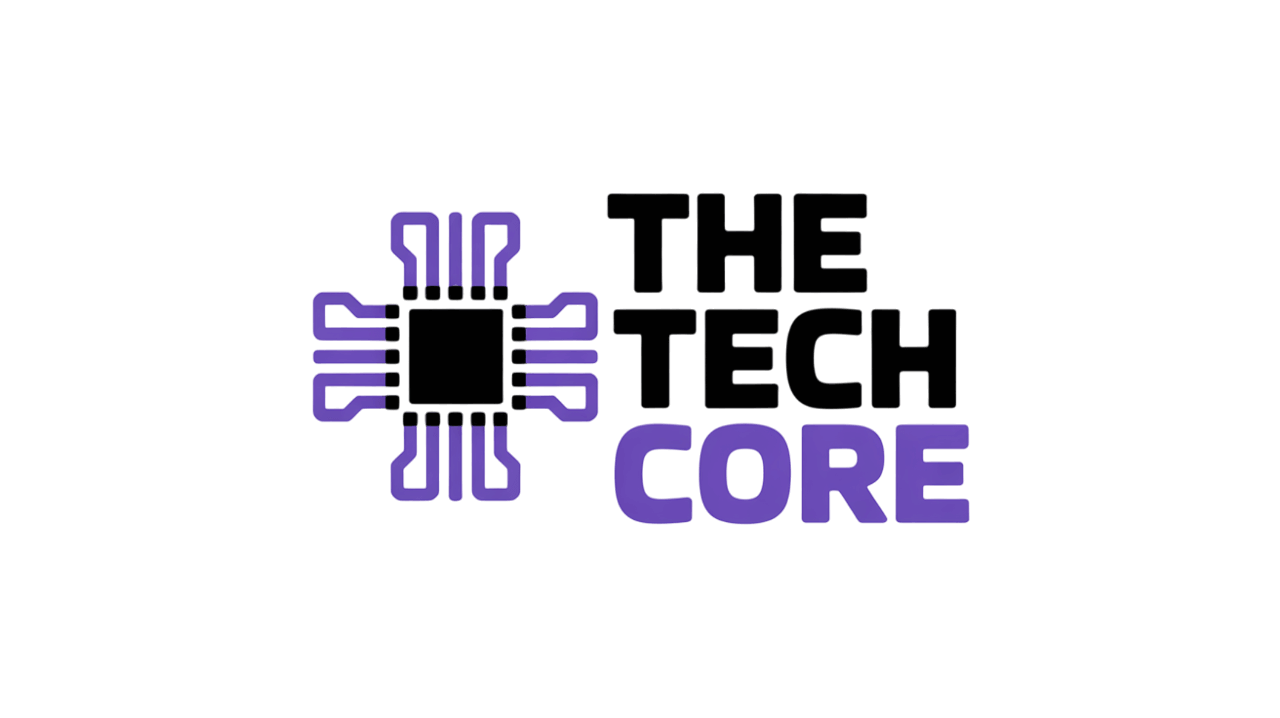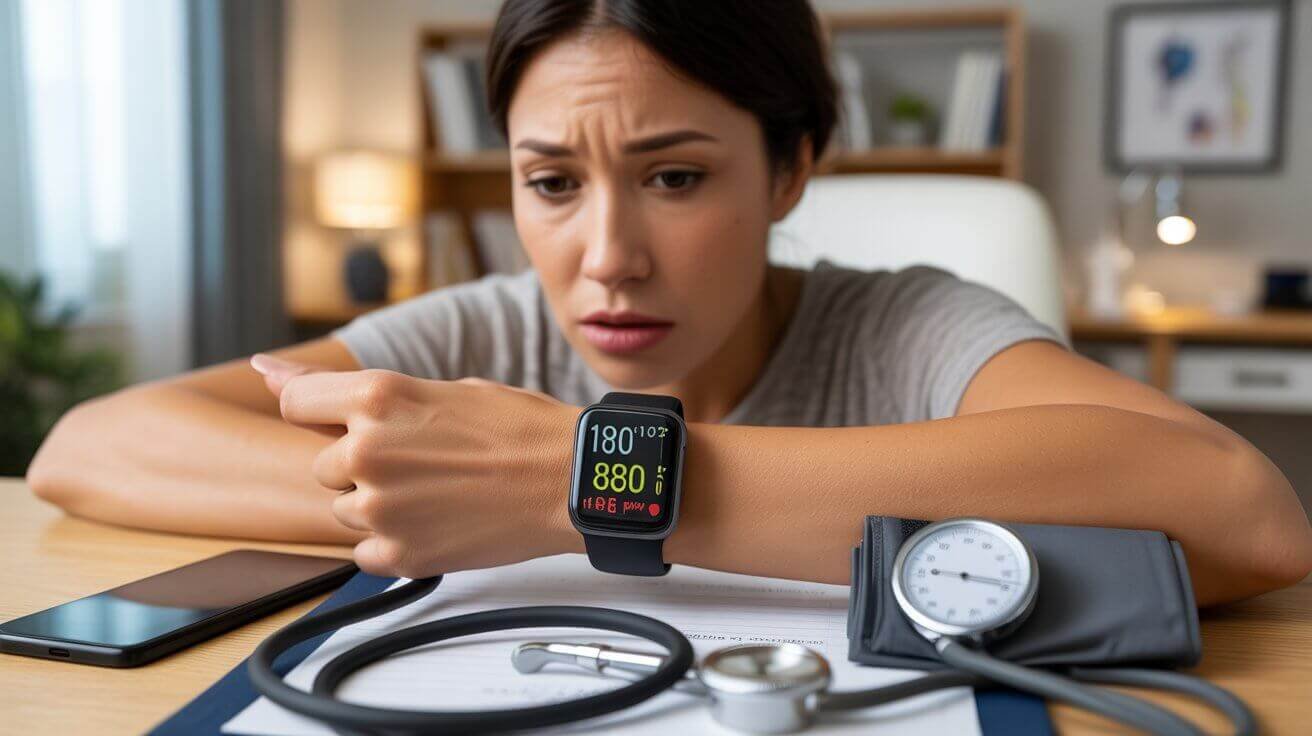I trusted my smartwatch completely until it told me I was having a heart attack during a casual walk with my dog. Subsequently, my heart rate reading showed 180 BPM while I felt perfectly fine. That moment made me question everything about wearable device accuracy—and it turns out, I wasn’t alone.
Millions of people rely on smartwatches for health monitoring, yet wearable device accuracy remains surprisingly inconsistent across different conditions and user populations. Moreover, recent FDA warnings and clinical studies reveal that these popular gadgets may not be as reliable as we’ve been led to believe.
Why Smart Watch Accuracy Falls Short
The marketing promises sound incredible: 24/7 heart monitoring, blood oxygen tracking, and even ECG readings right from your wrist. However, the reality of smartwatch performance tells a different story.
The Technology’s Real Limitations
Most smartwatches use photoplethysmography (PPG) sensors that shine light through your skin to detect blood flow changes. Unfortunately, this technology faces significant challenges in real-world conditions.
Movement artifacts create major issues during exercise. Furthermore, skin tone affects accuracy significantly—research shows that pulse oximeters and heart rate monitors may not work as effectively for people of color, prompting FDA warnings about potential bias in readings.
Additionally, environmental factors like cold weather, skin moisture, and even tattoos can interfere with sensor readings. The positioning of the watch also matters tremendously—a loose fit or movement during activity often produces wildly inaccurate data.
The FDA Reality Check
Most consumer smartwatches operate without FDA approval for medical use. Consequently, manufacturers aren’t required to prove their devices provide accurate health data, despite marketing claims about health monitoring capabilities.
When companies do seek FDA clearance, it’s typically for specific features rather than overall device accuracy. For example, Apple gained FDA approval for its ECG function, but this doesn’t guarantee accuracy for other measurements like heart rate during exercise or blood oxygen levels.
Recent regulatory actions highlight these concerns. The FDA recently warned Whoop about its blood pressure monitoring feature, stating the company was marketing an unauthorized medical device without proper approvals.
Real-World Accuracy Problems People Experience
Clinical studies reveal concerning gaps between smartwatch readings and medical-grade equipment. Research from Cleveland Clinic found that wrist-worn devices consistently underestimate heart rate during vigorous exercise compared to chest-worn monitors.
Heart Rate Monitoring Issues
During high-intensity workouts, smartwatches often struggle to keep up with rapid heart rate changes. The delay in PPG technology means your actual heart rate might be significantly different from what your watch displays.
Moreover, studies show that Fitbit Charge HR underestimated heart rate during vigorous exercise, while other devices showed similar inconsistencies across different activity levels.
Blood Oxygen Measurement Concerns
SpO2 monitoring presents even greater challenges. Research comparing consumer smartwatches to clinical-grade pulse oximeters found significant variations in accuracy, particularly among users with darker skin tones.
Temperature, altitude, and individual health conditions all affect blood oxygen readings. However, most smartwatch algorithms don’t account for these variables, leading to potentially misleading results.
Sleep Tracking Accuracy Questions
Sleep monitoring relies on movement sensors and heart rate data to estimate sleep stages. Nevertheless, these algorithms often misinterpret restless periods as wakefulness or confuse quiet wakefulness with deep sleep.
Without direct brain wave monitoring, smartwatches essentially guess at sleep stages based on limited physiological data. This can lead to inaccurate sleep quality assessments that don’t reflect actual rest patterns.
The Hidden Dangers of Misplaced Trust
Relying on inaccurate health data creates several risks that extend beyond simple inconvenience.
Medical Decision-Making Risks
When people base health decisions on smartwatch data, inaccurate readings can lead to unnecessary anxiety or delayed medical care. Studies show that 15% of wearable device users felt anxious or concerned in response to alerts, while 20% always contacted doctors about device readings.
This phenomenon, sometimes called “pathologic symptom monitoring,” can actually worsen health outcomes by creating excessive preoccupation with normal physiological variations.
Privacy and Security Vulnerabilities
Beyond accuracy concerns, wearable device data often falls outside HIPAA privacy protections since most devices aren’t classified as medical equipment. Consequently, your health data can be sold to data brokers, insurance companies, or other third parties.
Recent cybersecurity research has also highlighted vulnerabilities in wearable devices that could allow malicious actors to access personal health information or even manipulate device readings.
The Insurance and Employment Implications
Inaccurate data from wearables is increasingly used by insurance companies to assess risk and determine premiums. Furthermore, some employers use fitness tracker data for wellness programs, potentially creating unfair advantages or disadvantages based on device inaccuracies.
Better Alternatives for Health Monitoring
While smartwatches have limitations, several approaches can provide more reliable health data.
Medical-Grade Monitoring Devices
For critical health metrics, chest strap heart rate monitors offer significantly better accuracy than wrist-worn devices. These monitors use electrical signals similar to ECG technology, providing more precise readings during exercise.
Similarly, dedicated pulse oximeters designed for medical use provide more reliable blood oxygen measurements than smartwatch sensors.
Professional Health Assessments
Regular check-ups with healthcare providers remain the gold standard for health monitoring. Blood tests, professional blood pressure measurements, and clinical assessments provide accuracy levels that consumer wearables simply can’t match.
Additionally, sleep studies conducted in clinical settings offer far more detailed and accurate sleep analysis than any wearable device.
Hybrid Approaches
Smart combinations of technology and professional care often work best. Use your smartwatch for general trends and motivation, but verify important readings with medical-grade equipment or healthcare professionals.
For example, if your smartwatch suggests an irregular heart rhythm, confirm it with a professional ECG rather than relying solely on the device reading.
What the Future Holds for Wearable Technology
The wearable industry is working to address accuracy issues, but progress remains uneven across different manufacturers and metrics.
Regulatory Changes Coming
The FDA is developing new guidelines for wearable health devices as they become more sophisticated. However, the regulatory process moves slowly compared to technology development, creating ongoing gaps in oversight.
Furthermore, international regulatory bodies are also grappling with how to classify and oversee consumer health devices that blur the lines between fitness trackers and medical equipment.
Technology Improvements
Newer sensor technologies promise better accuracy, including improved PPG sensors, multi-wavelength light systems, and advanced algorithms that account for individual differences.
Additionally, some manufacturers are investing in clinical validation studies to prove their devices’ accuracy under various conditions, though these efforts remain voluntary rather than required.
The Need for Transparency
Industry experts increasingly call for better transparency about device limitations and accuracy ranges. Consumers deserve clear information about when their devices are likely to be accurate and when they should seek professional confirmation.
Making Smart Decisions About Your Health Tech
The key isn’t avoiding wearable technology entirely—it’s understanding its limitations and using it appropriately.
Use your smartwatch as a general health awareness tool rather than a medical device. Track trends over time, but don’t make significant health decisions based solely on device readings.
When in doubt, verify concerning readings with medical professionals. Your doctor can help interpret data patterns and determine when device readings warrant further investigation.
Finally, remember that wearable device accuracy varies significantly between individuals, activities, and environmental conditions. What works well for your friend might not provide reliable data for your specific situation.
The promise of continuous health monitoring from our wrists remains compelling, but until accuracy improves and regulations catch up, it’s essential to maintain healthy skepticism about the data these devices provide. Your health deserves better than best guesses from unvalidated algorithms.








